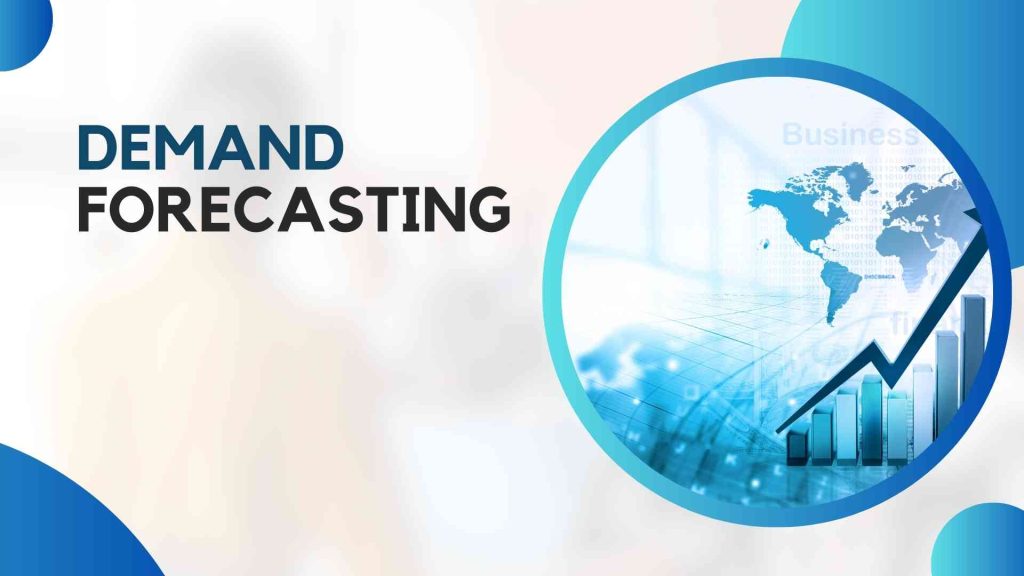Demand forecasting has emerged as a critical element for businesses striving to maintain a competitive edge. Accurate predictions about customer demand streamline supply chain operations and pave the way for optimized inventory management, enhanced customer satisfaction, and increased profitability. However, as market dynamics shift and consumer behaviors become increasingly unpredictable, businesses seek advanced solutions to stay ahead of the curve.
ERP solutions—a technological marvel that has revolutionized demand forecasting like never before. With their robust capabilities, ERP systems have become indispensable tools for organizations anticipating demand fluctuations with precision and agility. This article explores the remarkable ways ERP solutions transform demand forecasting, empowering businesses to confidently navigate an ever-changing marketplace.
From centralized data management to predictive analytics, ERP solutions offer many tools that enable demand forecasters to harness the power of data in unprecedented ways. By integrating diverse business processes into a single, cohesive platform, ERP solutions provide a holistic view of an organization’s operations—unlocking a treasure trove of insights crucial for crafting accurate demand forecasts.
The multifaceted advantages of ERP solutions in demand forecasting shed light on their role in historical data analysis, real-time data integration, and collaborative forecasting. We explore how ERP’s demand planning tools leverage statistical algorithms and machine learning to generate precise predictions and adapt to ever-changing market conditions.
Moreover, we highlight the transformative impact of ERP’s integration with CRM systems, offering a deeper understanding of customer behavior and preferences to refine demand forecasts. With a seamless alignment of supply chain capabilities through ERP integration, businesses can achieve unprecedented efficiency in matching forecasts with production capacities and supplier lead times.
Challenges in demand Forecasting
- Fluctuating consumer behavior
- Seasonality and trends
- Rapidly changing market conditions
- Lack of historical data
- New product introductions
- External factors (e.g., weather, economic changes)
- Supply chain disruptions
- Short product lifecycles
- Limited visibility across the supply chain
- Global market dynamics and geopolitical uncertainties.
ERP solutions are helpful in demand forecasting:
Centralized Data:
ERP systems integrate data from various business processes, including sales, inventory, production, and finance, into a centralized database. This single source of truth ensures that demand forecasters can access up-to-date and consistent data, which is essential for making informed predictions.
Historical Data Analysis:
ERP solutions store historical transactional data, which can be used to analyze past demand patterns, seasonality, and trends. This historical analysis is the foundation for developing statistical forecasting models and identifying ways to customer behavior.
Real-time Data:
Many modern ERP systems support real-time data integration, allowing demand forecasters to access the latest information from sales channels, e-commerce platforms, and other sources. Real-time data helps adjust forecasts promptly in response to sudden changes in demand.
Forecast Collaboration:
ERP systems enable collaboration among departments involved in demand forecasting, such as sales, marketing, production, and finance. This collaboration helps capture valuable insights from various stakeholders and improves forecast accuracy.
Demand Planning Tools:
ERP solutions often have built-in demand planning tools that use statistical algorithms and advanced analytics to create demand forecasts. These tools can handle large volumes of data and automatically generate predictions based on historical data and other relevant factors.
Integration with CRM:
Integrating ERP and CRM systems enables a more holistic view of customer behavior and preferences. It helps understand customer demand patterns, identify key customers, and tailor forecasts based on customer segments.
Supply Chain Integration:
ERP systems facilitate integration across the supply chain, allowing demand forecasters to consider supplier lead times, production capacities, and inventory levels. This integration ensures that demand forecasts are aligned with the supply chain capabilities.
Predictive Analytics:
Some ERP solutions have predictive analytics capabilities, leveraging machine learning algorithms to analyze complex data sets and generate more accurate forecasts. These algorithms can adapt to changing trends and improve forecast accuracy over time.
Demand Sensing:
ERP systems with demand sensing capabilities can respond quickly to real-time demand signals and adjust forecasts accordingly. It is precious for industries with volatile demand patterns or short product lifecycles.
Reporting and Visualization:
ERP solutions offer customizable reporting and data visualization features that enable demand forecasters to present forecasts and insights clearly and understandably. Visual representations of data help decision-makers grasp trends and make informed choices.
ERP solutions provide a comprehensive platform that supports demand forecasting through data integration, collaboration, predictive analytics, and real-time insights. By leveraging these capabilities, businesses can optimize inventory levels, reduce stockouts, and enhance customer satisfaction.
How Acumatica ERP solution can enhance demand forecasting
Acumatica ERP solution is a game-changer in demand forecasting, providing businesses with the tools to stay agile, make informed decisions, and unlock unprecedented efficiency in meeting customer demands. With Acumatica at their side, companies can confidently embrace the future, empowered to take on demand forecasting challenges with unwavering confidence.

Vijay comes with a vast experience in ERP and enterprise solutions space with about 20 years of experience in various packaged application like Acumatica, SAP, Orion, Salesforce.com, SugarCRM and, SalesLogix.

